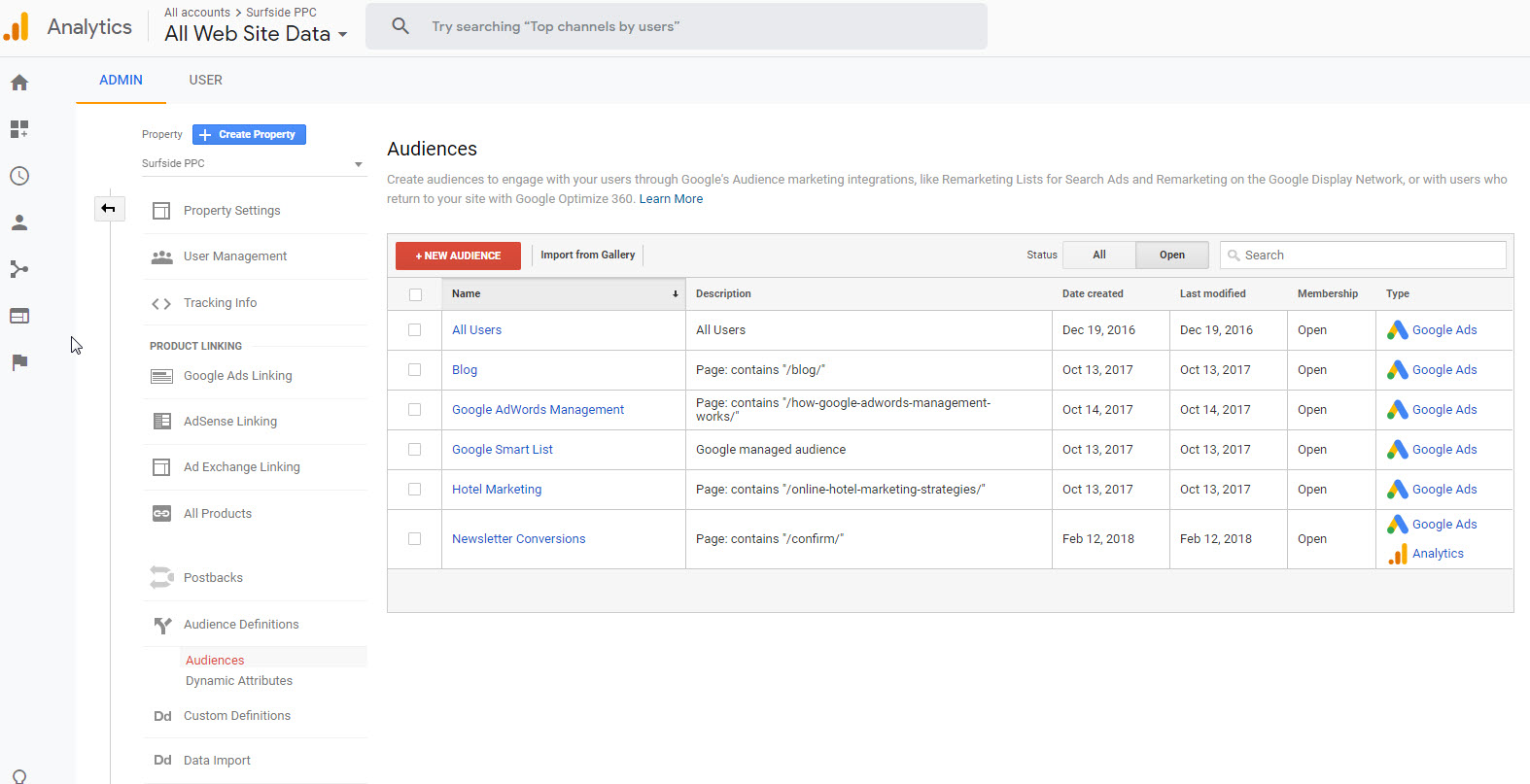Harnessing Remarketing in Google Analytics: A Comprehensive Guide
Harnessing remarketing in Google Analytics provides companies a strategic side in reaching out to prospective customers. This guide will certainly drop light on the necessary actions included in harnessing the complete possibility of remarketing in Google Analytics, leading to boosted advertising and marketing end results.
Recognizing Remarketing in Google Analytics
Remarketing in Google Analytics enables organizations to tactically target individuals who have previously communicated with their site or mobile app. By leveraging information from Google Analytics, businesses can create tailored remarketing checklists based on customer habits, such as web pages checked out, activities taken, or particular objectives achieved. This effective device allows services to re-engage with users that have actually shown interest in their solutions or products, eventually increasing the possibility of conversion.
Understanding the various kinds of remarketing techniques is important for a successful campaign - What Is “Remarketing” In Google Analytics?. Google Analytics provides different alternatives, including basic remarketing, vibrant remarketing, and remarketing lists for search ads (RLSA) Each kind serves a distinct function and can be tailored to meet certain marketing objectives
In addition, assessing the performance of remarketing projects is important for maximizing outcomes. Google Analytics supplies important insights into the efficiency of different remarketing strategies, allowing companies to make data-driven decisions and improve their targeting method. By continually keeping an eye on and changing remarketing efforts based upon analytics data, services can make the most of ROI and drive success in their advertising initiatives.
Establishing Remarketing Campaigns

After establishing target market listings, the next action is to link Google Analytics with Google Advertisements. By connecting these 2 systems, businesses can flawlessly transfer target market checklists from Google Analytics to Google Ads for remarketing functions. This combination allows for even more accurate targeting and better project performance.
Once the accounts are connected, organizations can produce remarketing campaigns in Google Ads making use of the audience lists previously specified in Google Analytics. These campaigns can be tailored with specific advertisement creatives, messaging, and bidding methods to properly re-engage with past site visitors and drive conversions. By adhering to these steps, companies can utilize the power of remarketing to improve their advertising initiatives and increase ROI.
Utilizing Audience Division Methods

Predefined sectors in Google Analytics permit you to promptly analyze typical audience categories like brand-new users, returning users, or individuals who finished a details objective on your web site. Customized sections, on the various other hand, allow you to produce distinct sections based on certain requirements that are essential to your business goals. Dynamic remarketing lists immediately readjust based upon individual actions, revealing customized ads to customers that have communicated with try this your website in certain means.
Studying Remarketing Efficiency Metrics
Upon reviewing the performance of remarketing campaigns in Google Analytics, the analysis of key performance metrics offers valuable insights into target market interaction and conversion rates. By delving into metrics such as click-through prices (CTR), conversion rates, price per purchase (CERTIFIED PUBLIC ACCOUNTANT), and return on ad spend (ROAS), marketing professionals can determine the success of their remarketing efforts. Examining these metrics allows marketing experts to enhance projects, improve target market targeting, and allot budget plans properly to boost total remarketing performance.
Optimizing Remarketing Techniques
When refining remarketing strategies in Google Analytics, concentrating on target market segmentation is vital for attaining campaign success. By splitting your audience right into certain sections based on their behavior, demographics, or passions, you can customize your ads much more efficiently to each group. This targeted strategy boosts the probability of involving users that have already revealed rate of interest in your solutions or items, causing higher conversion rates.
An additional crucial facet of optimizing remarketing approaches is continually screening and refining your projects (What Is “Remarketing” In Google Analytics?). A/B testing various ad creatives, messaging, or offers can help you recognize what reverberates best with your audience and drives the most conversions. By assessing the performance of these examinations in Google Analytics, you can make data-driven choices to enhance your remarketing initiatives even more
In addition, leveraging dynamic remarketing can significantly boost your project results. This attribute allows you to show individualized advertisements to users based upon their previous communications with your internet site, showcasing products or services they have actually previously watched. By supplying customized material to users based on their behaviors and interests, vibrant remarketing can help enhance interaction and drive conversions.
Conclusion
To conclude, taking advantage of remarketing in Google Analytics is a calculated strategy to target users who have actually formerly involved with a site. By creating customized target market checklists and using audience segmentation strategies, businesses can maximize remarketing advocate increased conversion prices. Evaluating performance metrics and continuously maximizing methods are vital for optimizing the effectiveness of remarketing initiatives.
Google Analytics supplies various alternatives, including standard remarketing, dynamic remarketing, and remarketing checklists for search advertisements (RLSA)After setting up audience checklists, the next step is to connect Google Analytics with Google Ads. By connecting these 2 systems, services can flawlessly transfer audience checklists from Google Analytics to Google Advertisements for remarketing functions.As try this soon as the accounts are connected, services can develop remarketing campaigns in Google Advertisements making use of the target market provides read here previously defined in Google Analytics.When refining remarketing strategies in Google Analytics, concentrating on audience division is critical for achieving campaign success.